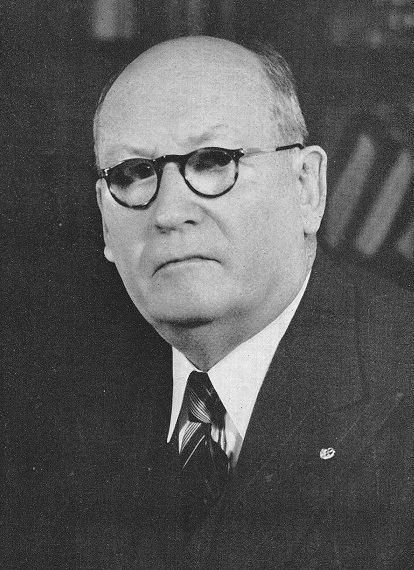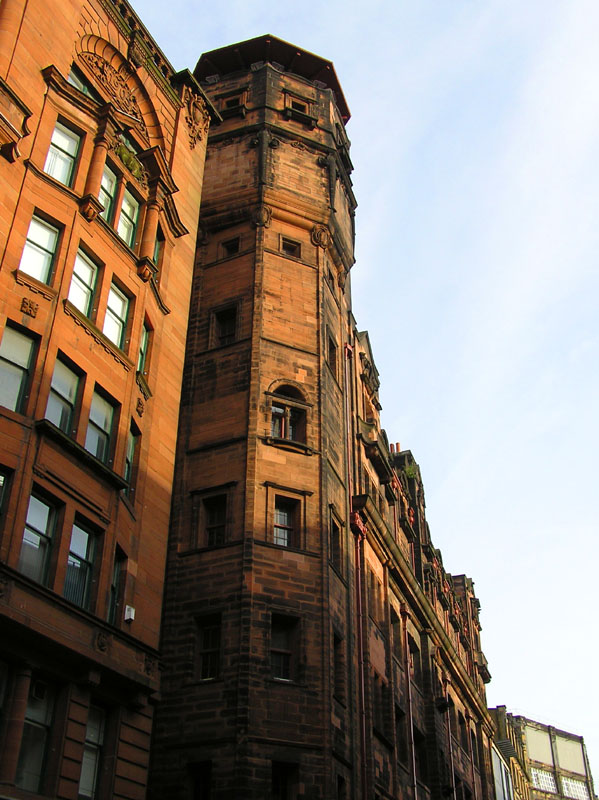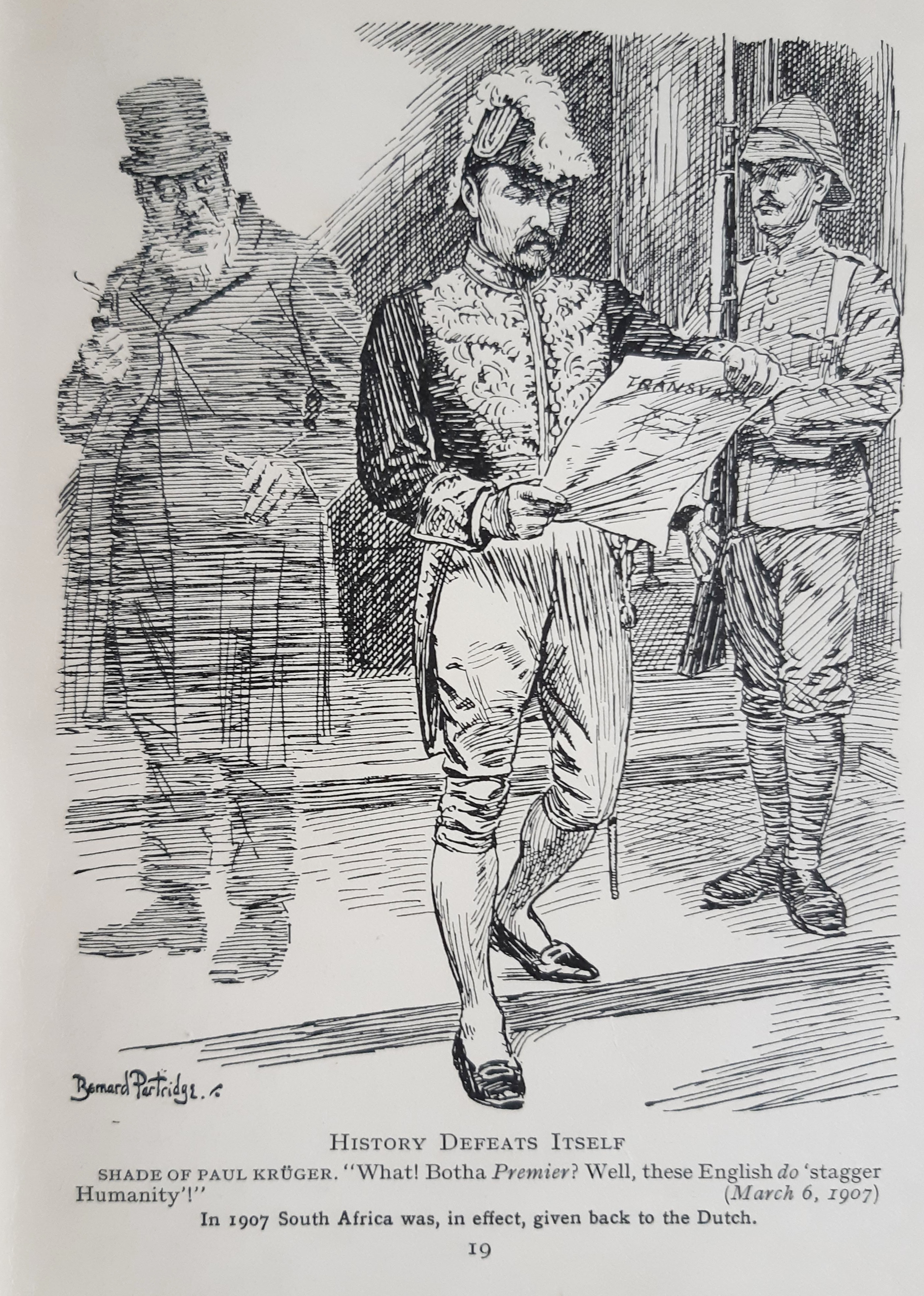|
South African House Of Assembly
The House of Assembly (known in Afrikaans as the ''Volksraad'', or "People's Council") was the lower house of the Parliament of South Africa from 1910 to 1981, the sole parliamentary chamber between 1981 and 1984, and latterly the white representative house of the Tricameral Parliament from 1984 to 1994, when it was replaced by the current National Assembly. Throughout its history, it was exclusively constituted of white members who were elected to office predominantly by white citizens, though until 1960 and 1970, respectively, some Black Africans and Coloureds in the Cape Province voted under a restricted form of suffrage. The old House of Assembly chamber was severely damaged in a fire in January 2022. Method of election The members were elected by first-past-the-post voting in single-member electoral divisions. Following the abolition of the Senate in 1981, the membership of the House of Assembly was increased included 12 additional members, of whom four were a ... [...More Info...] [...Related Items...] OR: [Wikipedia] [Google] [Baidu] |
Lower House
A lower house is one of two Debate chamber, chambers of a Bicameralism, bicameral legislature, the other chamber being the upper house. Despite its official position "below" the upper house, in many legislatures worldwide, the lower house has come to wield more power or otherwise exert significant political influence. The lower house, typically, is the larger of the two chambers, meaning its members are more numerous. Common attributes In comparison with the upper house, lower houses frequently display certain characteristics (though they vary per jurisdiction). ;Powers: * In a parliamentary system, the lower house: **In the modern era, has much more power, usually based on restrictions against the upper house. **Is able to override the upper house in some ways. **Can vote a motion of no confidence against the government, as well as vote for or against any proposed candidate for head of government at the beginning of the parliamentary term. **Exceptions are Australia, where ... [...More Info...] [...Related Items...] OR: [Wikipedia] [Google] [Baidu] |
Single-member District
A single-member district is an electoral district represented by a single officeholder. It contrasts with a multi-member district, which is represented by multiple officeholders. Single-member districts are also sometimes called single-winner voting, winner-takes-all, or single-member constituencies. A number of electoral systems use single-member districts, including plurality voting (first-past-the-post), two-round systems, instant-runoff voting (IRV), approval voting, range voting, Borda count, and Condorcet methods (such as the Minimax Condorcet, Schulze method, and Ranked Pairs). Of these, plurality and runoff voting are the most common. In some countries, such as Australia and India, members of the lower house of parliament are elected from single-member districts; and members of the upper house are elected from multi-member districts. In some other countries like Singapore, members of parliament can be elected from both single-member districts as well as multi-member ... [...More Info...] [...Related Items...] OR: [Wikipedia] [Google] [Baidu] |
Indian South Africans
Indian South Africans are South Africans who descend from indentured labourers and free migrants who arrived from British India during the late 1800s and early 1900s. The majority live in and around the city of Durban, making it one of the largest "Indian" populated cities outside of India. As a consequence of the policies of apartheid, ''Indian'' (synonymous with ''Asian)'' is regarded as a race group in South Africa. Racial identity During the colonial era, Indians were accorded the same subordinate status in South African society as Blacks were by the white minority, which held the vast majority of political power. During the period of apartheid from 1948 to 1994, Indian South Africans were called and often voluntarily accepted, terms which ranged from "Asians" to "Indians", and were legally classified as being members of a single racial group. Some Indian South Africans believed that these terms were improvements on the negatively defined identity of "Non-White", which ... [...More Info...] [...Related Items...] OR: [Wikipedia] [Google] [Baidu] |
Separate Representation Of Voters Amendment Act, 1968
The Separate Representation of Voters Amendment Act, 1968 (Act No. 50 of 1968) was an act of the Parliament of South Africa enacted under the government of B. J. Vorster, which repealed the Separate Representation of Voters Act, 1951. This had the effect of removing the four members of the House of Assembly who were elected by Coloured voters in the Cape Province as well as abolishing the additional nominated seat in the Senate for the "non-European" (i.e. Coloured, as black Africans were explicitly excluded from the definition under section 1 (ii) of the 1951 act) population of the Cape Province, that had only been filled once in 1957 and had been vacant since 1962. Subsequently the House of Assembly would be elected solely by white voters. The act was promulgated on 5 June 1968, but the repeal only took effect at the dissolution of the House of Assembly on 2 March 1970, before the general election of 22 April 1970. In the interim, the term of office of the four members was ext ... [...More Info...] [...Related Items...] OR: [Wikipedia] [Google] [Baidu] |
South African General Election, 1953
General elections were held in South Africa on 15 April 1953. The elections consolidated the position of the National Party under D. F. Malan, which won an absolute majority of the 156 elected seats in the House of Assembly, also receiving the most votes. Its first-time majority of the white electorate would be retained until the 1989 elections. The United Party under JGN Strauss, who had become leader after Jan Smuts' death in 1950, lost several seats, and suffered several splits after the election. The Labour Party leader died five days before the election. Cape Coloured voters voted for the last time in a general election until 1994, overwhelmingly for the United Party. Changes in composition Native representative members The second term of the white MPs elected to represent black voters, from special electoral districts in Cape Province under the Representation of Natives Act 1936, expired on 30 June 1948 (just over a month after the National Party came to power in the ... [...More Info...] [...Related Items...] OR: [Wikipedia] [Google] [Baidu] |
Coloured Vote Constitutional Crisis
The Coloured vote constitutional crisis, also known as the Coloured vote case, was a constitutional crisis that occurred in the Union of South Africa during the 1950s as the result of an attempt by the Nationalist government to remove coloured voters in the Union's Cape Province from the common voters' rolls. It developed into a dispute between the judiciary (in particular the Appellate Division of the Supreme Court) and the other branches of government (Parliament and the executive) over the power of Parliament to amend an entrenched clause in the South Africa Act (the constitution) and the power of the Appellate Division to overturn the amendment as unconstitutional. The crisis ended when the government enlarged the Senate and altered its method of election, allowing the amendment to be successfully enacted. Background Before the creation of the Union of South Africa, elections in the Cape Colony were conducted on the basis of the qualified franchise. This meant that the ... [...More Info...] [...Related Items...] OR: [Wikipedia] [Google] [Baidu] |
Separate Representation Of Voters Act
The Separate Representation of Voters Act No. 46 was introduced in South Africa on 18 June 1951. Part of the legislation during the apartheid era, the National Party introduced it to enforce racial segregation, and was part of a deliberate process to remove all non-white people from the voters' roll and revoke the Cape Qualified Franchise system. This act was declared invalid by the Supreme Court when challenged in the case of ''Harris v Minister of the Interior 1952(2) SA 428(AD)''; this gave rise to the Coloured vote constitutional crisis. The government, however, was able to circumvent the court's decision by increasing the number of Appellate Division judges from five to eleven, and increasing the size of the Senate from forty-eight to eighty-nine. These changes enabled the government to successfully introduce the South Africa Act Amendment Act No 9 of 2 March 1956, effectively overturning the Supreme Court's decision and revalidating the act. This amendment was repealed ... [...More Info...] [...Related Items...] OR: [Wikipedia] [Google] [Baidu] |
The Glasgow Herald
''The Herald'' is a Scottish broadsheet newspaper founded in 1783. ''The Herald'' is the longest running national newspaper in the world and is the eighth oldest daily paper in the world. The title was simplified from ''The Glasgow Herald'' in 1992. Following the closure of the ''Sunday Herald'', the ''Herald on Sunday'' was launched as a Sunday edition on 9 September 2018. History Founding The newspaper was founded by an Edinburgh-born printer called John Mennons in January 1783 as a weekly publication called the ''Glasgow Advertiser''. Mennons' first edition had a global scoop: news of the treaties of Versailles reached Mennons via the Lord Provost of Glasgow just as he was putting the paper together. War had ended with the American colonies, he revealed. ''The Herald'', therefore, is as old as the United States of America, give or take an hour or two. The story was, however, only carried on the back page. Mennons, using the larger of two fonts available to him, put it in th ... [...More Info...] [...Related Items...] OR: [Wikipedia] [Google] [Baidu] |
National Convention (South Africa)
The National Convention (Dutch: ''Nationale Conventie'', Afrikaans: ''Nasionale Konvensie''), also known as the Convention on the Closer Union of South Africa or the Closer Union Convention, was a constitutional convention held between 1908 and 1909 in Durban (12 October to 5 November 1908), Cape Town (23 November to 18 December 1908, 11 January to 3 February 1909) and Bloemfontein (3 May to 11 May 1909). The convention led to the adoption of the South Africa Act by the British Parliament and thus to the creation of the Union of South Africa. The four colonies of the area that would become South Africa - the Cape Colony, Natal Colony, the Orange River Colony and the Transvaal Colony - were represented at the convention, along with a delegation from Rhodesia. There were 33 delegates in total, with the Cape being represented by 12, the Transvaal eight, the Orange River five, Natal five, and Rhodesia three. The convention was held behind closed doors, in the fear that a public affair ... [...More Info...] [...Related Items...] OR: [Wikipedia] [Google] [Baidu] |
Entrenched Clause
An entrenched clause or entrenchment clause of a constitution is a provision that makes certain amendments either more difficult or impossible to pass. Overriding an entrenched clause may require a supermajority, a referendum, or the consent of the minority party. The term eternity clause is used in a similar manner in the constitutions of Constitution of Brazil, Brazil, the Constitution of the Czech Republic, Czech Republic, Constitution of Germany, Germany, Constitution of Greece, Greece, Constitution of India, India, Constitution of the Islamic Republic of Iran, Iran, Constitution of Italy, Italy, Constitution of Morocco, Morocco, Constitution of Norway, Norway, and Constitution of Turkey, Turkey, but specifically applies to an entrenched clause that can never be overridden. However, if a constitution provides for a mechanism of its own abolishment or replacement, like the German Basic Law does in Article 146, this by necessity provides a "back door" for getting rid of the "eterni ... [...More Info...] [...Related Items...] OR: [Wikipedia] [Google] [Baidu] |
South Africa Act 1909
The South Africa Act 1909 was an Act of the Parliament of the United Kingdom, which created the Union of South Africa from the British Cape Colony, Colony of Natal, Orange River Colony, and Transvaal Colony. The Act also made provisions for potentially admitting Rhodesia as a fifth province of the Union, but Rhodesian colonists rejected this option in a referendum held in 1922. The Act was the third major piece of legislation passed by the British Parliament with the intent of uniting various British colonies and granting them some degree of autonomy. Earlier, the British North America Act, 1867 had united three colonies (the Province of Canada (which was split into Ontario and Quebec) Nova Scotia, and New Brunswick) and the Commonwealth of Australia Constitution Act, 1900 had united the Australian colonies. Background In the aftermath of the Anglo-Boer War (1899–1902), Britain re-annexed the South African Republic and the Orange Free State, two hitherto independent Boer r ... [...More Info...] [...Related Items...] OR: [Wikipedia] [Google] [Baidu] |
International Parliamentary Union
The Inter-Parliamentary Union (IPU; french: Union Interparlementaire, UIP) is an international organization of national parliaments. Its primary purpose is to promote democratic governance, accountability, and cooperation among its members; other initiatives include advancing gender parity among legislatures, empowering youth participation in politics, and sustainable development. The organization was established in 1889 as the Inter-Parliamentary Congress. Its founders were statesmen Frédéric Passy of France and William Randal Cremer of the United Kingdom, who sought to create the first permanent forum for political multilateral negotiations. Initially, IPU membership was reserved for individual parliamentarians, but has since transformed to include the legislatures of sovereign states. As of 2020, the national parliaments of 179 countries are members of the IPU, while 13 regional parliamentary assemblies are associate members. The IPU facilitates the development of internati ... [...More Info...] [...Related Items...] OR: [Wikipedia] [Google] [Baidu] |


.jpg)




